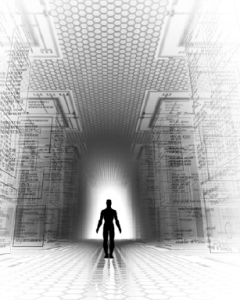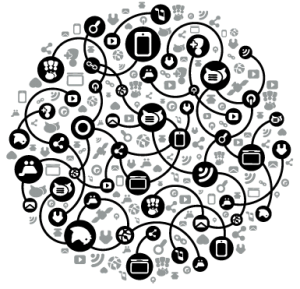Digital India is an umbrella initiative comprising of several programs which the government believes should help transform India into a connected economy. Many of these programs have been in existence for several years now but have not been able to make much headway. This is evident from that fact that of the Rs1.13tn (US$18bn) capital outlay for Digital India. That said, what’s different now is that the isolated programs have now been brought on a common platform. This should help create both synergies and a greater sense of purpose. Moreover, under the Digital India flag, the Narendra Modi led BJP Government has articulated a clear vision for the digital future of the country. In our view, having the right vision, effective marketing strategy and
e-government-projects
e-Tax & e-Cash Disbursement – An Insight into Progress
 This is the Final Part of the Three Part Article on e-Initiatives in India. Read Part 1 – e-Governance & Digital Offices Part 2 covered – e-Records and Rights for Citizens, Judicial Systems and other e-Citizen projects. Today we’ll cover the electronic tax bases initiatives and electronic / mobile money disbursement.
This is the Final Part of the Three Part Article on e-Initiatives in India. Read Part 1 – e-Governance & Digital Offices Part 2 covered – e-Records and Rights for Citizens, Judicial Systems and other e-Citizen projects. Today we’ll cover the electronic tax bases initiatives and electronic / mobile money disbursement.
The digitization of direct and indirect tax functions has simplified the filing of records, maintaining compliance and getting tax refunds. Electronic filings also make it easier to track noncompliance and tax evasion by mixing and matching various databases. As information and money get digitized, it is becoming easier to tax the two non-digital entities: (1) people (individuals or companies) and (2) goods and services. Earlier (1) the activities of economic actors, (2) their tax returns and (3) their money were paper-based. This made it difficult to match the economic activities with the money trail.
Indians now primarily file their taxes
e-Records in India – Citizens Rights, Judicial System etc
 In continuation of your Three Part Post on e-Governance in India [Read First Part – Digital offices in India] Today we’ll see which Citizen Services have gone digital in India.
In continuation of your Three Part Post on e-Governance in India [Read First Part – Digital offices in India] Today we’ll see which Citizen Services have gone digital in India.
The first aspect of digitization is the coming online of the Indian identity. The most visible face of this is the Unique Identity (UID) Aadhar Card that is being rolled out across India. As we will note in the next chapter, most Indians are expected to have their IDs online and bio-metrically recorded by the end of FY2014. However, even before the UID came into existence, Indians have looked up to their Government to provide them with documents of identity. UID can and will eventually provide the link to the various identities that Indians carry. If the databases of various departments speak with each other, they can create a comprehensive profile of every Indian.
In many states, the local state government provides basic infrastructure facilities like water and electricity and hence records of such bills indicate not just
eGovernance & Digital Offices of Indian Government – Progressing Slowly
 The Indian Government is increasingly coming closer to its citizens and businesses. Power brokers who would work their way through the Government system are giving way to professionals who help the masses to connect with their Government through a digital system. Three big digitization programs are taking place: (1) identity of Indians, (2) interaction portals of Government agencies and (3) money transactions (cash and property). The changes are transforming the way Indians and its Government interact.
The Indian Government is increasingly coming closer to its citizens and businesses. Power brokers who would work their way through the Government system are giving way to professionals who help the masses to connect with their Government through a digital system. Three big digitization programs are taking place: (1) identity of Indians, (2) interaction portals of Government agencies and (3) money transactions (cash and property). The changes are transforming the way Indians and its Government interact.
We’ll explain these initiatives beginning with 1) G2B and G2C interactions, 2) Citizens e-Records & Rights 3) e-Tax and e-Cash.
G2B and G2C – Govt to Business / Govt to Citizens
India, which has emerged as the global hub of the IT industry, has been late in leveraging IT for local governance. A virtual world where both interaction and money are digitized makes the task of making the government accountable much easier. Government services in general – is progressively being made easier as